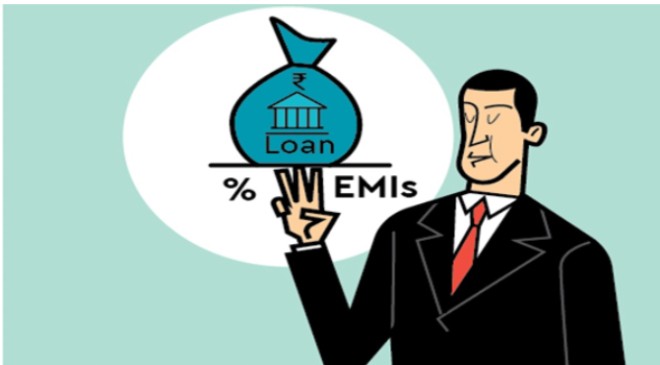There’s fixed interest rate and floating interest rate EMIs. And then there’s diminishing EMI option
When availing a loan, a customer is presented with three options to pay the equated monthly installments (EMIs) – fixed, floating and reducing or diminishing. A fixed-rate EMI is one where the interest remains constant throughout the tenure of the loan. The interest for the entire loan life is calculated at the time the loan is sanctioned.
In a floating rate scheme, the EMI changes in tandem with the specified anchor rate, whereas in a reducing rate EMI, the interest diminishes over the tenure of the loan led by reduction in the principal amount. Let us discuss the advantages and disadvantages of these three types.
Fixed rate EMI
The advantage of a fixed rate EMI is that one can include it in a monthly budget without having to make frequent modifications till the loan amount is fully paid. However, on the downside, the customer has to forgo the benefit of a lower interest rate in case the lender cuts the interest rates later. As such, this type of EMI would be advisable in a rising interest rate scenario or when rates are expected to be volatile.
Floating rate EMIs
The floating interest rate EMI option has the benefit of a reduced monthly payment, in case the lender reduces the lending rate in the future. However, one may have to pay a higher EMI if the lender increases the interest rate on loans in tune with changes in the policy rates. Opting for such an EMI repayment option makes sense when the interest rate trajectory is trending downwards. Also checking the benchmark is important, since floating rates are charged at a fixed spread above the benchmark—whether it is prime lending rate (PLR) or benchmark prime lending rate (BPLR) or Marginal Cost Lending Rate (MCLR), which passes on the benefit of a change in repo rate to borrowers.
Step-up or step-down EMIs
In the case of step-down EMIs, a customer has the benefit of paying lower interest rates since the interest rate on the loan is calculated for a specified period based on the outstanding principal amount. This repayment method is opted by people who may have sporadic cash flows or a high upfront repayment amount, in which case the lower principal helps to reduce both the tenure of the loan and the interest accrued. The step-up rate EMI is aimed at young borrowers who have just started their careers. It allows the borrower to structure their payments to receive a higher loan amount and lower payments in the initial years.
Read More: GST: Govt Plans To Reduce Slabs; Tax To Increase On Goods And Services?
All the three types of EMI options have their pros and cons. It is advisable for customers to have a fair understanding about them before picking one.





































